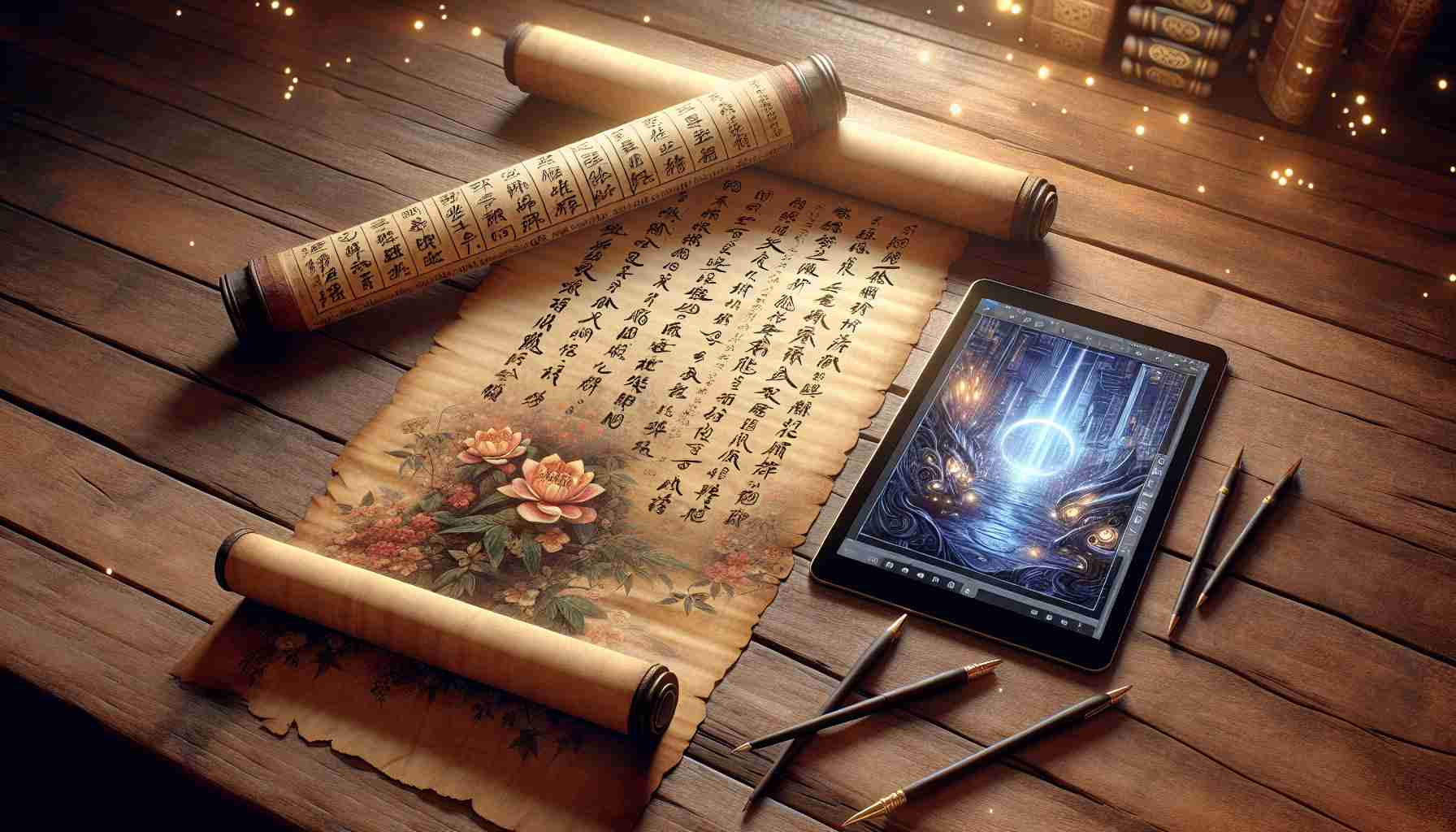Artists throughout history have always been at the forefront of embracing new technologies and exploring their artistic potential. From the dawn of the computer age in the 1950s to the present day, creative minds have been pushing the boundaries of innovation and creativity.
Utopian visions of a future where humans coexist harmoniously with machines have long fueled artists’ imaginations. Instead of conventional mediums, artists like Vera Spencer and Steina and Woody Vasulka have utilized punch cards, video screens, and geometric shapes to create mesmerizing works of art. These early experiments laid the foundation for a new wave of artistic expression, blending technology with creativity in unprecedented ways.
As the exhibition delves deeper into the realm of computer-based art, it becomes apparent that the true gem lies in the radical experimentation with programming. Pioneering artists such as Charles Csuri, Harold Cohen, and Lillian F. Schwartz pushed the boundaries of what was possible with computer-generated art, producing vivid and innovative visuals that captivated audiences.
However, the exhibition’s attempt to merge kinetic and light art with computer-based art feels disjointed. While kinetic art aims to challenge perception, computer art seeks to explore the capabilities of new technologies. The juxtaposition of these two forms highlights the evolution of art in response to technological advancements, from op art and psychedelia to cutting-edge computer-generated imagery.
Ultimately, the exhibition serves as a testament to the enduring optimism of artists who believed in the transformative power of technology. While the reality may not have lived up to these idealistic visions, the legacy of experimentation and creativity in the intersection of art and technology continues to inspire artists and audiences alike.
Unveiling New Perspectives at the Intersection of Art and Technology
Artists have long been fascinated by the potential that emerges when creative endeavors intersect with technological innovation. As we trace the evolution of this dynamic relationship, we uncover new layers of experimentation and ingenuity that have shaped the artistic landscape.
As we navigate the intricate web of art and technology, several poignant questions arise. How can artists harness the full potential of emerging technologies to push the boundaries of artistic expression? What implications do advancements in artificial intelligence and virtual reality hold for the future of art creation? How can we ensure that the fusion of art and technology remains inclusive and accessible to all?
One of the key challenges facing this intersection is the delicate balance between artistic vision and technological capabilities. Artists are constantly challenged to navigate the vast array of tools and platforms available to bring their concepts to life, raising questions about the authenticity and creativity in a world inundated with digital possibilities.
Advantages of this intersection are abundant, offering artists unprecedented avenues for self-expression and audience engagement. Virtual galleries and augmented reality installations provide immersive experiences that transcend traditional artistic mediums, inviting viewers into interactive and dynamic realms of creativity.
However, alongside these benefits come notable disadvantages. The rapid pace of technological advancement can sometimes overshadow the timelessness and craftsmanship that are inherent to traditional art forms. There is also a risk of alienating audiences who may feel overwhelmed or disconnected from art that heavily relies on complex technological processes.
In navigating these complexities, the art world is grappling with ongoing controversies surrounding issues of digital ownership, copyright, and the democratization of art. As artists continue to explore the fusion of art and technology, these debates will undoubtedly shape the future landscape of creativity and innovation.
To delve deeper into this fascinating fusion of art and technology, consider exploring the latest insights and perspectives from renowned institutions in the domain of art and technology at Tate or engage with thought-provoking discussions at Art News.
